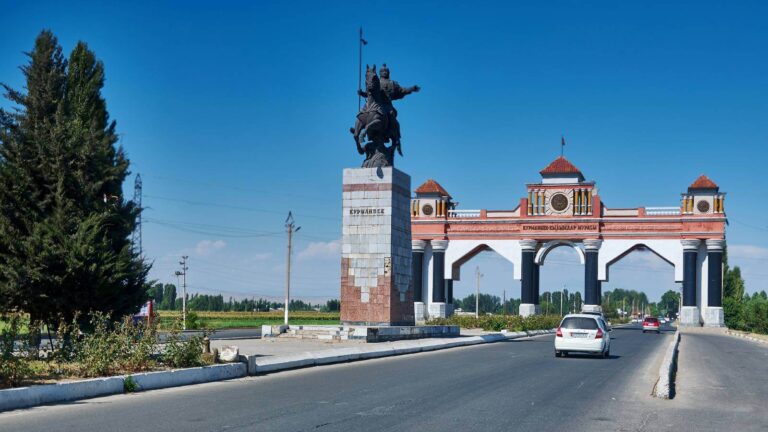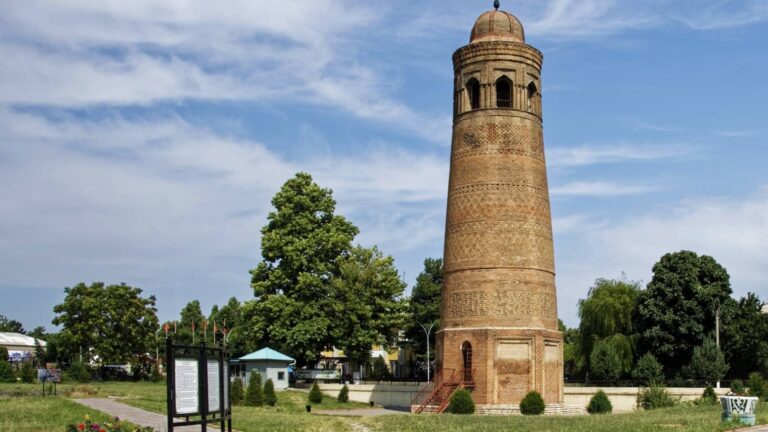Getting There
You can get to Sary-Chelek by turning off the Bishkek-Osh highway near the city of Tash-Kumyr to the northwest. On this road, you need to go to the village of Aflatun and you turn north. Be prepared for going off-road.
What to Expect
The name ‘Sary-Chelek’ refers primarily to 7 lakes located in the Sary-Chelek State Biosphere Reserve. This very beautiful place is located in the Jalal-Abad region, 550 km from Bishkek.
The road is very picturesque, passes through 3 gorges, 4 tunnels, about 3 reservoirs, next to 5 rivers. The largest (and most beautiful and powerful) is the Naryn River. The largest tunnel – Tyo-Ashuu, is located at an altitude of 3200 m and has a length of 2.5 km.
Entrance to the reserve is paid. 3.4 km from the entrance gate, there is the village of Arkit (1250 m above sea level), where you can rent rooms and visit the museum of the reserve.
From the village of Arkit to Sary-Chelek (the largest lake) is about 14 km. This lake is located at an altitude of 1878m above sea level. Its length is 6.2 km, and the maximum width is 2.6 km. The second largest lake is Kyla-Kel. Then Yiri-Kel, Aram-Kel, Bakaly-Kel, Tuyuk-Kel and Bakaly-Kel.
On the way back, you can see the amazing Pillars of Kara-Dzhigach, located 23 km from the gates of the reserve. This amazing natural monument is located on the other side of the river, so access is difficult.
And about 20 km before reaching Tash-Komur there is a tall sculpture called ‘Tash-Komur Dev’, or Chochok-Tash. Locals use this sculpture for family rituals.
History
There are several opinions about how Lake Sary-Chelek was formed. Some scientists believe that the lake appeared as a result of an earthquake and a collision of two mountain ranges, when a monstrous collapse of rocks completely blocked the Khoja-Ata River, one of the tributaries of the Kara-Su River; others believe that the lake was formed as a result of a change in the fault line that occurred 2000 years ago.
The name of the lake can be translated from Kyrgyz as “yellow vessel”, “yellow bucket” or “yellow ladle”, however, these names are only justified in autumn, when the leaves of the trees turn yellow and the lake begins to resemble a ladle of honey.
In summer, the water in the lake is often blue with a greenish tint. Old-timers say that the lake itself once resembled a bucket with its outlines, and it received the epithet “yellow” from a yellow buttercup, a carpet from which spreads along the slopes of the mountains in spring and is reflected in the water surface.
Facilities Available
- Mobile communication is partially available.
- There are cafes, shops and guest houses in the nearby village of Arkyt.
- Drinking water from the lake is not recommended. Nearby there are many streams and springs where you can draw water. You can also collect water in Arkyt.
- It is forbidden to stop for the night on the shore of the lake in a tent. You can have a picnic.


